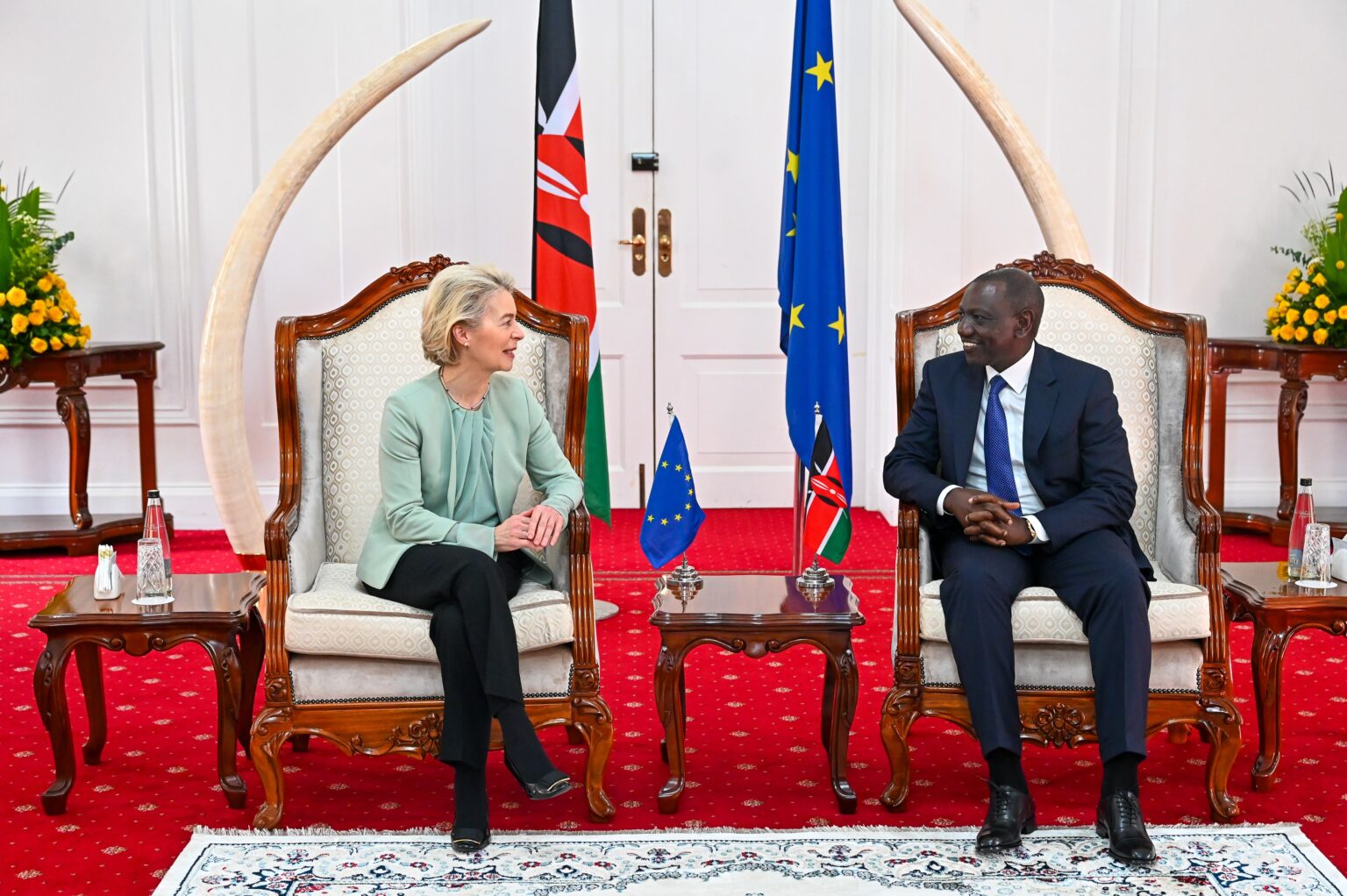- The EU-Kenya agreement will boost bilateral trade in goods, increase investment flows, and strengthen the ties between these partners.
- It is also expected to facilitate mutually advantageous economic relations sustainably, stimulating job creation and economic growth.
- The EU-Kenya EPA is the most ambitious deal negotiated with an African country in terms of sustainability and can serve as a template for other sustainable trade agreements.
The activation of the EU-Kenya Economic Partnership Agreement (EPA) on July 1st, 2024, marks a historic moment in the growing economic relations between Kenya and the European Union.
According to a statement from Kenya’s Ministry of Investments and Trade as well as the EU, this agreement is poised to greatly transform Kenya’s trade with Europe, opening doors for Kenyan exporters to access duty-free the opportunities set by the $18 trillion bloc.
“The EPA will also create more opportunities for Kenyan businesses and exporters, as it will fully open the EU market for Kenyan products and incentivise EU investment in Kenya thanks to increased legal certainty and stability,” a statement from both parties noted in part.
EU-Kenya Strategic Partnership
The EU-Kenya EPA signifies a major step in the EU-Kenya Strategic Partnership, promising to boost bilateral trade, increase investment flows, and strengthen economic ties in a sustainable and mutually beneficial manner.
Policymakers have hailed the EU-Kenya EPA as the most ambitious trade deal negotiated with an African country in terms of sustainability. The agreement includes binding commitments on labour issues, gender equality, environmental protection, and climate change mitigation measures.
“Kenya is East Africa’s main economic hub – and EU-Kenya trade relations have substantial growth potential. The agreement will unlock new economic opportunities, as the EU is Kenya’s first export destination and second-largest trading partner. Total trade between the EU and Kenya reached €3 billion in 2023 – an increase of 16 per cent compared to 2018,” EU said.
A statement from Kenya’s Minister of Investments, Trade and Industry Rebecca Miano noted that the deal will “boost bilateral trade in goods, increase investment flows, strengthen the ties between reliable partners, and facilitate mutually advantageous economic relations.”
Competitive advantage for Kenyan exporters
For Kenyan exporters, the agreement translates into a substantial competitive advantage. The duty-free access to the EU market will make Kenyan products more attractive to European consumers, potentially increasing demand for Kenyan goods.
This, in turn, will stimulate job creation and economic growth within East Africa’s largest economy, which is currently saddled with a joblessness crisis, especially among the youth.
The agreement also incentivises EU investment in Kenya by providing increased legal certainty and stability, fostering a more conducive environment for foreign direct investment.
Concluded in June last year and signed by both parties on December 18, 2023, the agreement aims to operationalise the provisions of the EU-East African Community (EAC) EPA, remaining open to other EAC member countries. Once this inclusivity is rolled out, it could further bolster regional integration and drive economic collaboration between EU and East African countries.
The EU-Kenya EPA aligns with the EU’s 2021 Trade Policy Review and its broader trade policy with economies in Africa. It underscores the EU’s commitment to deepening and expanding its trade agreements with African nations while enhancing sustainability objectives.
Read also: EPA pact paves the way for a surge in EU investments in Kenya
Impact of EU-Kenya EPA on existing customs duties
The EU-Kenya EPA provides a shift in trade relations, aiming to eliminate existing customs duties to a great extent. In the deal, Kenya has committed to liberalising 82.6 per cent of its imports from the EU by value.
Notably, under Kenya’s current tariff regime, over half of these imports are already duty-free, not only from the EU but globally. The deal dictates that the remaining imports are already duty-free, not only from the EU but the EPA’s implementation, with 2.9 per cent of the imports being liberalised within 25 years.
This phased approach ensures that the liberalisation of Kenyan imports from the EU will be gradual and manageable, minimising the risk of market disruption or potential revenue shocks.
Kenya has, however, excluded several categories of goods from liberalisation, including various agricultural products such as wood-based paper, plastics, chemicals, wines and spirits, footwear, ceramic products, glass and vehicles.
This selection aims to protect local industries that might be vulnerable to sudden competition from EU goods, thereby balancing trade liberalisation with economic stability.
An important feature of the EPA is the temporary application of the Rules of Origin under the EU’s market Access Regulation to both parties until the original reciprocal rules of origin are updated.
The Market Access Regulation ensures duty-free and quota-free access to the EU market for products from African, Caribbean, and Pacific countries that do not benefit from the EU’s Everything but Arms (EBA) scheme and have concluded, but not yet ratified, an EPA with the EU. This means the current rules of origin for Kenyan exports to the EU will continue for now.
